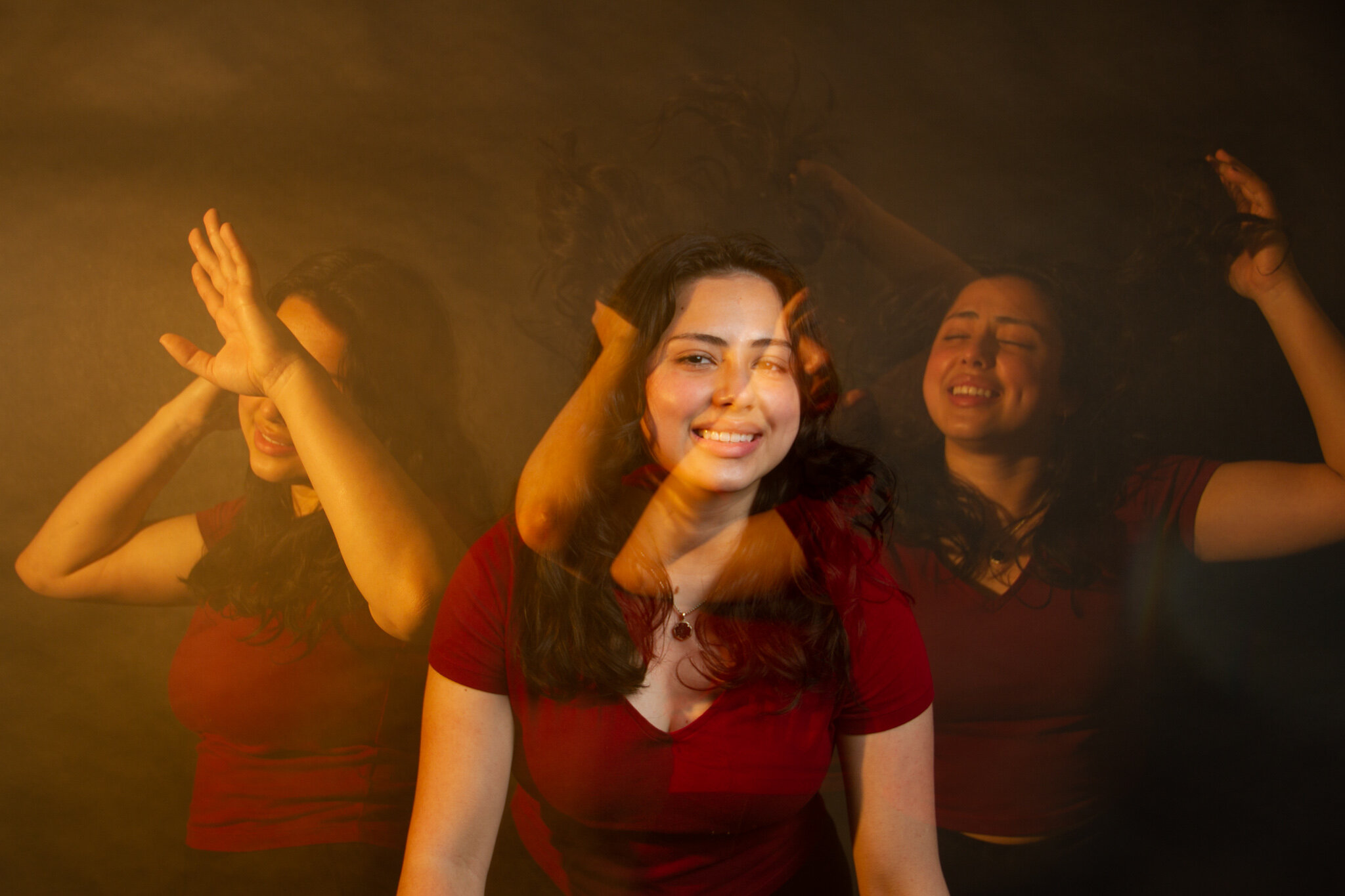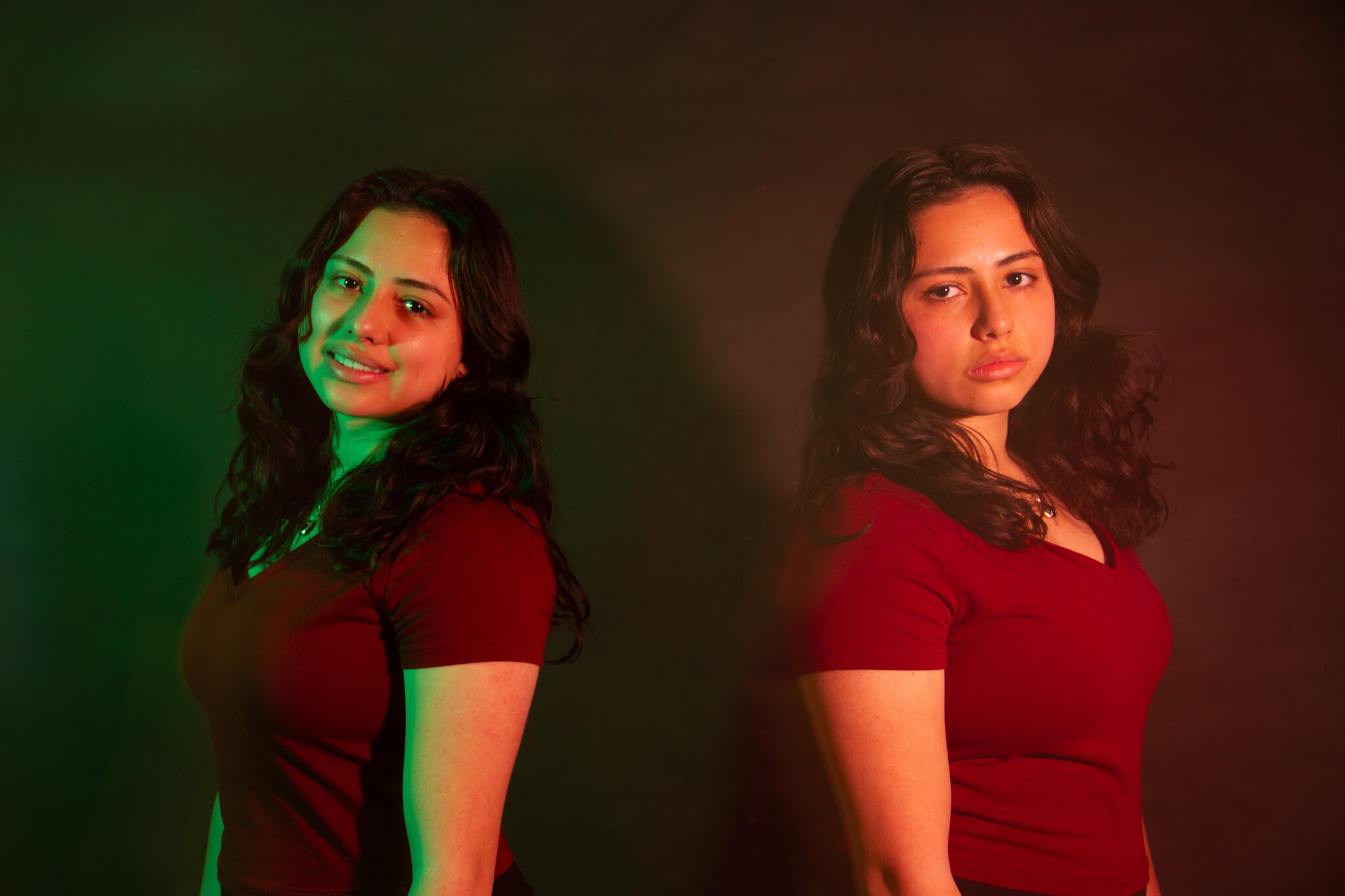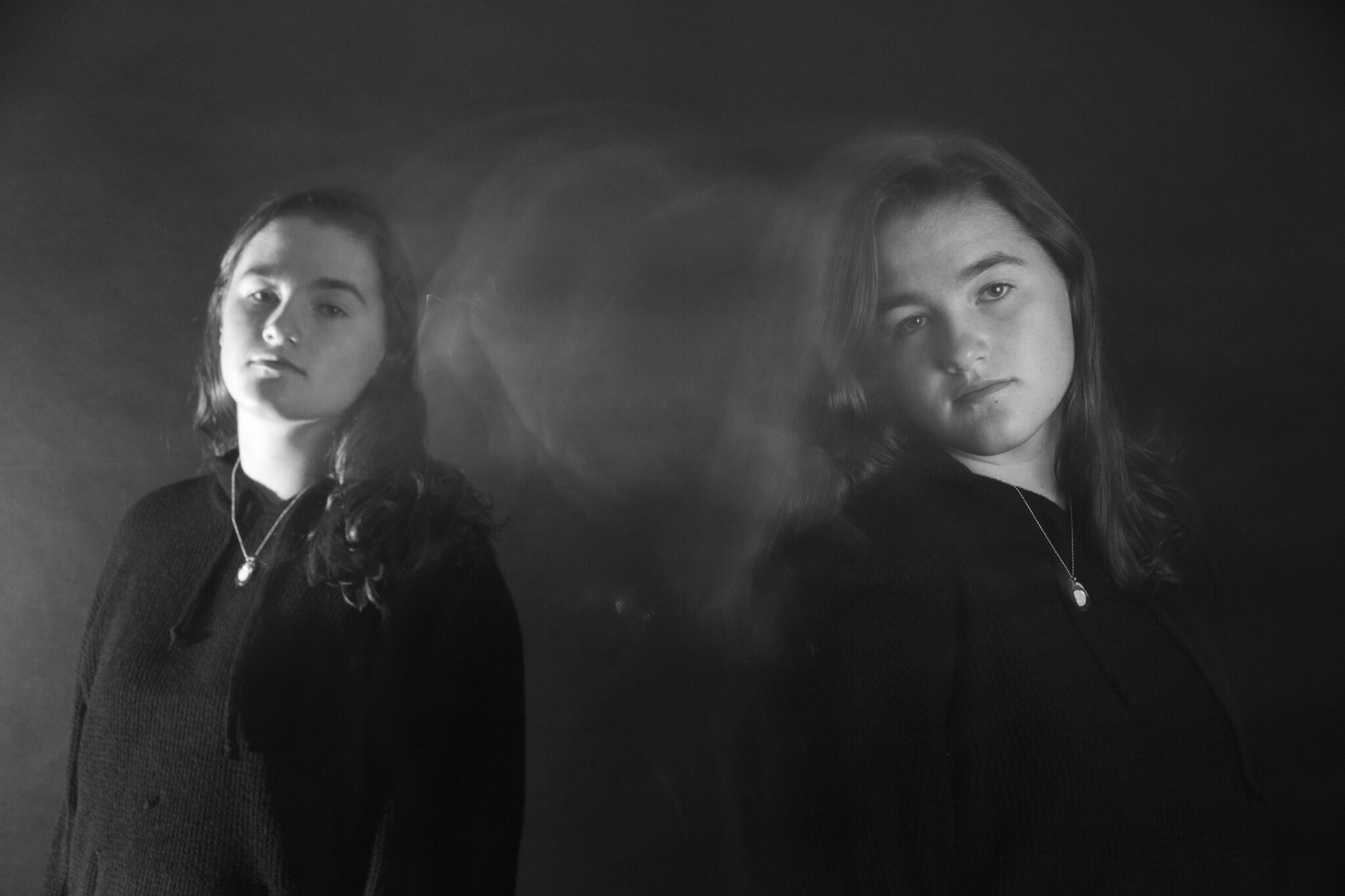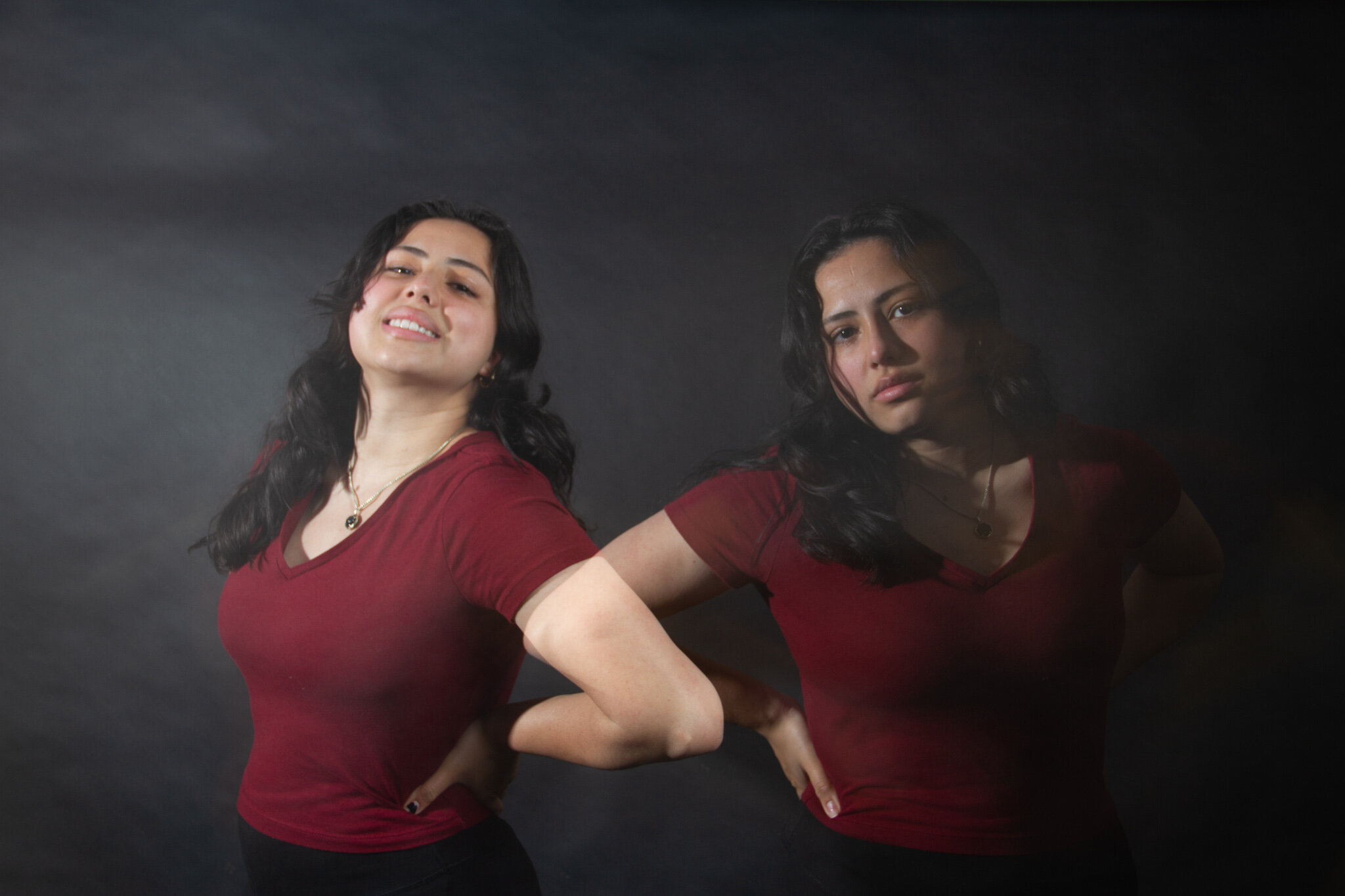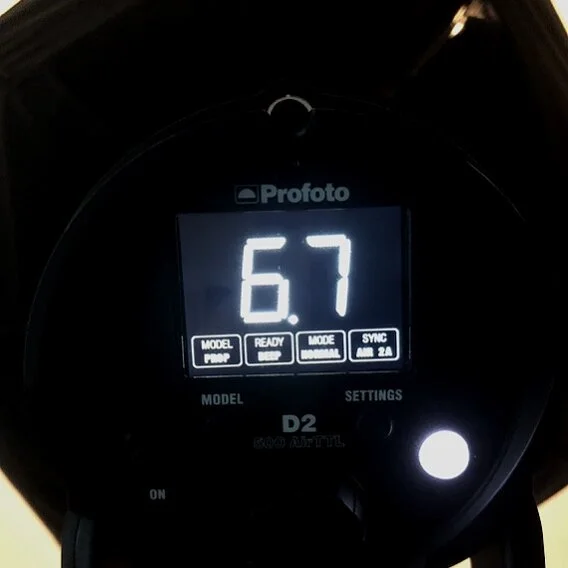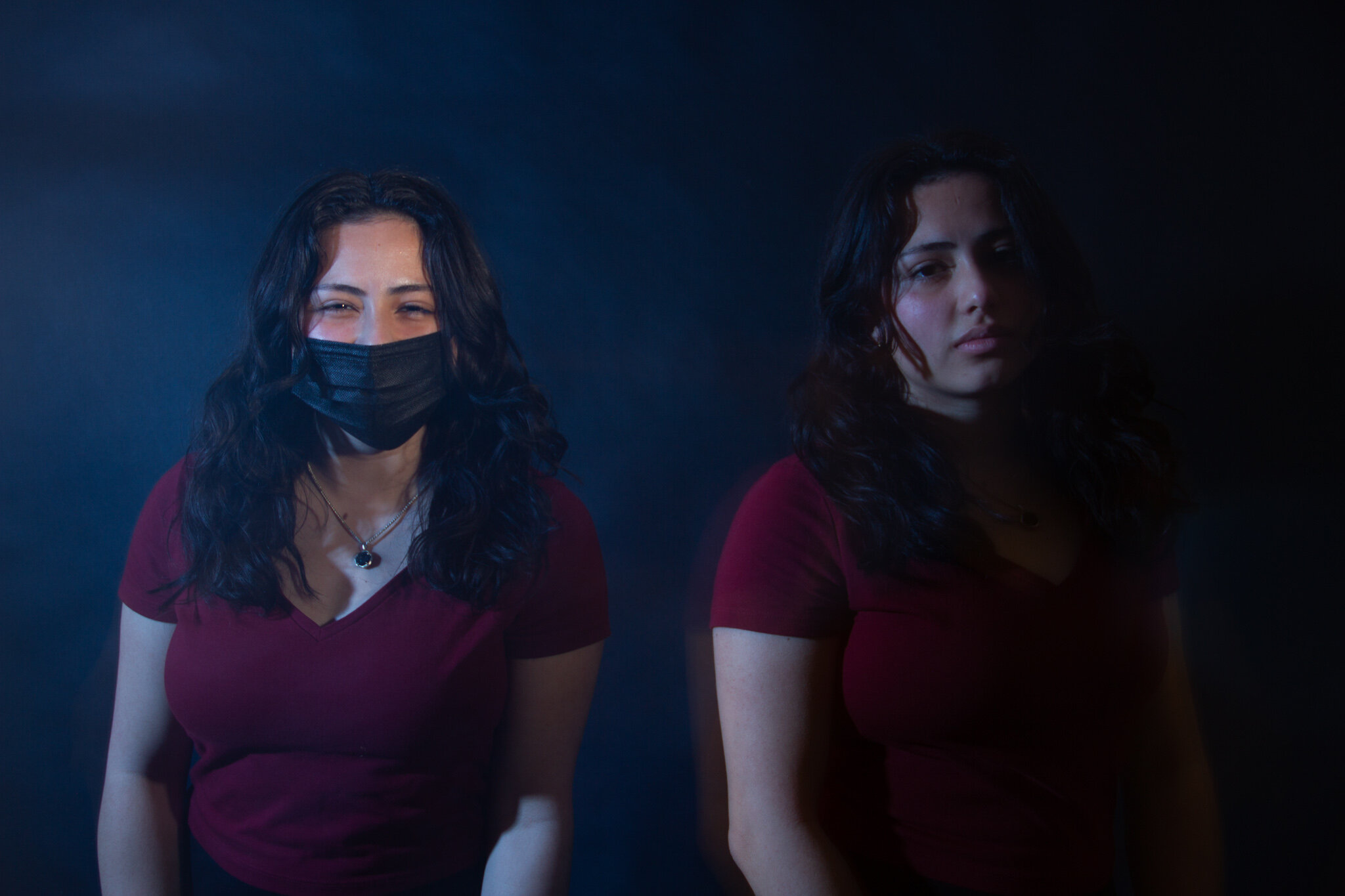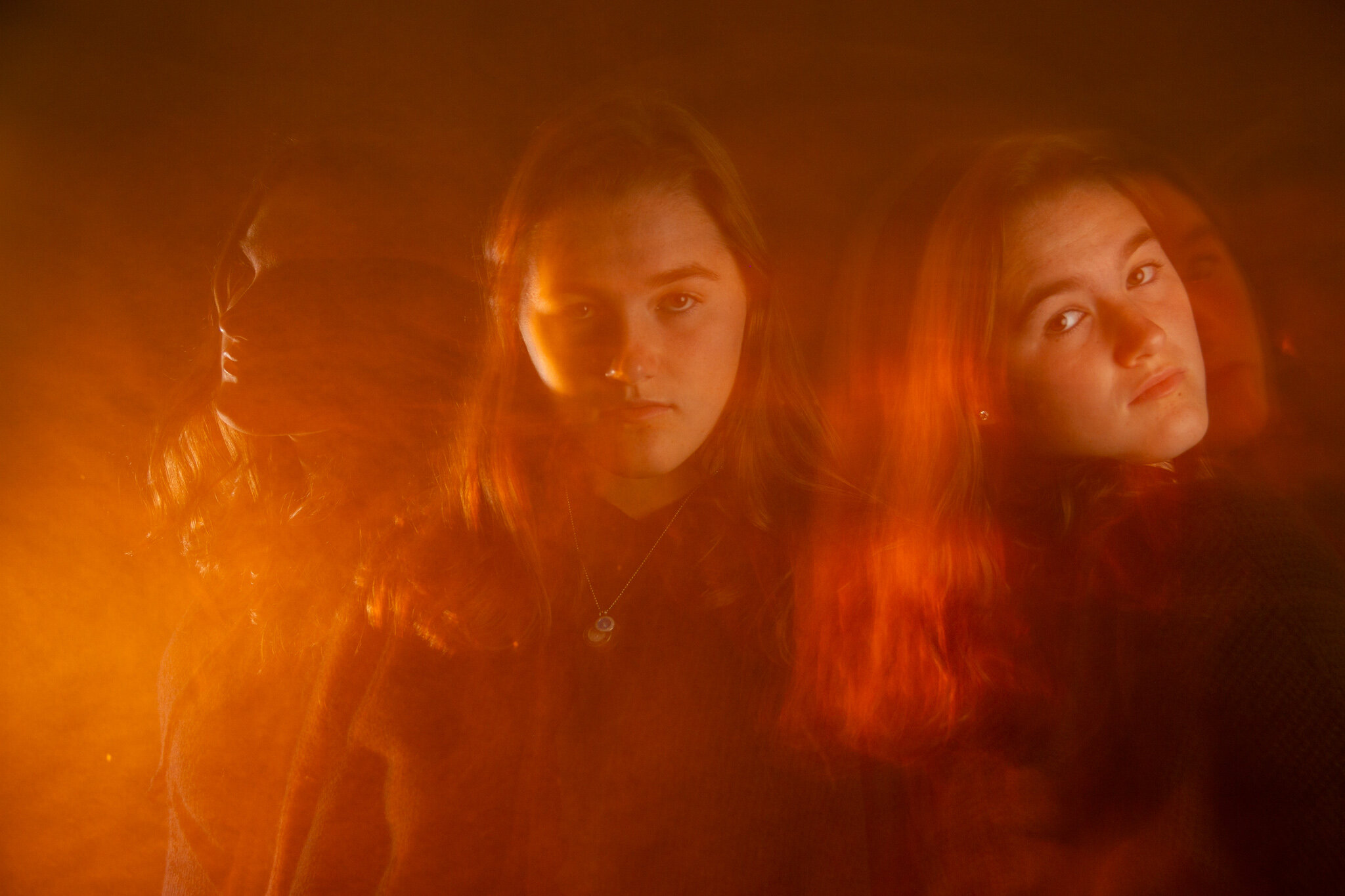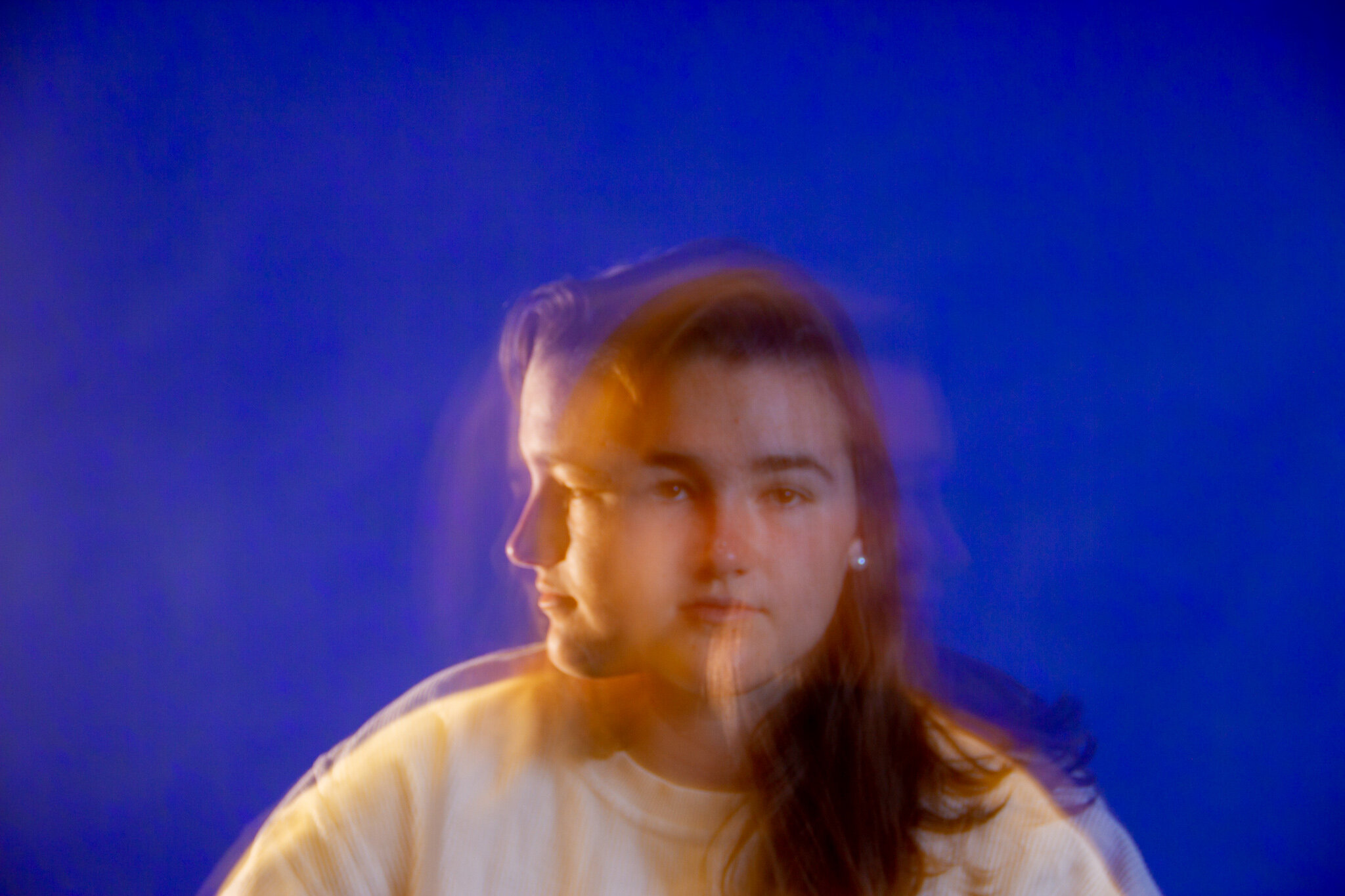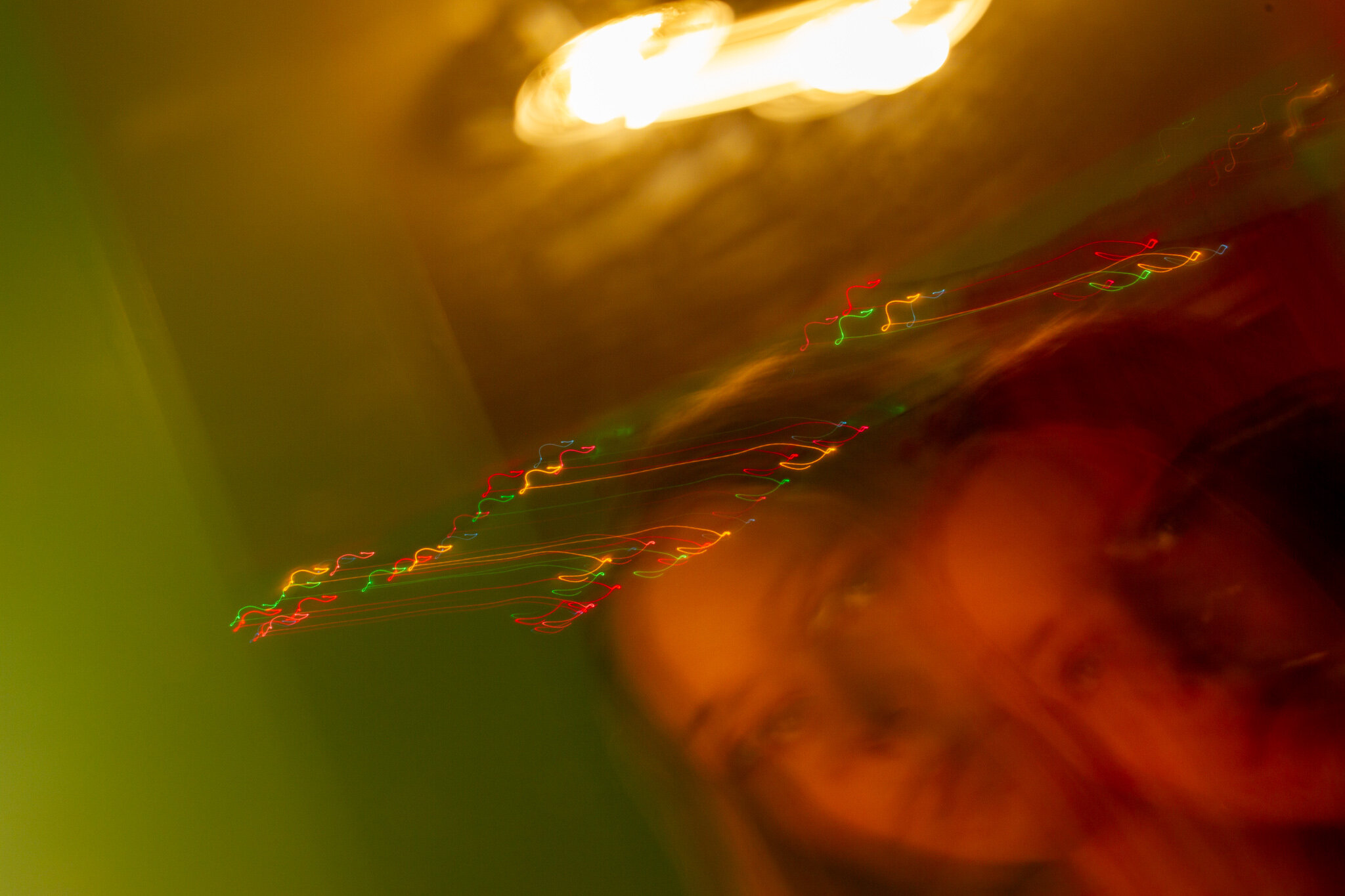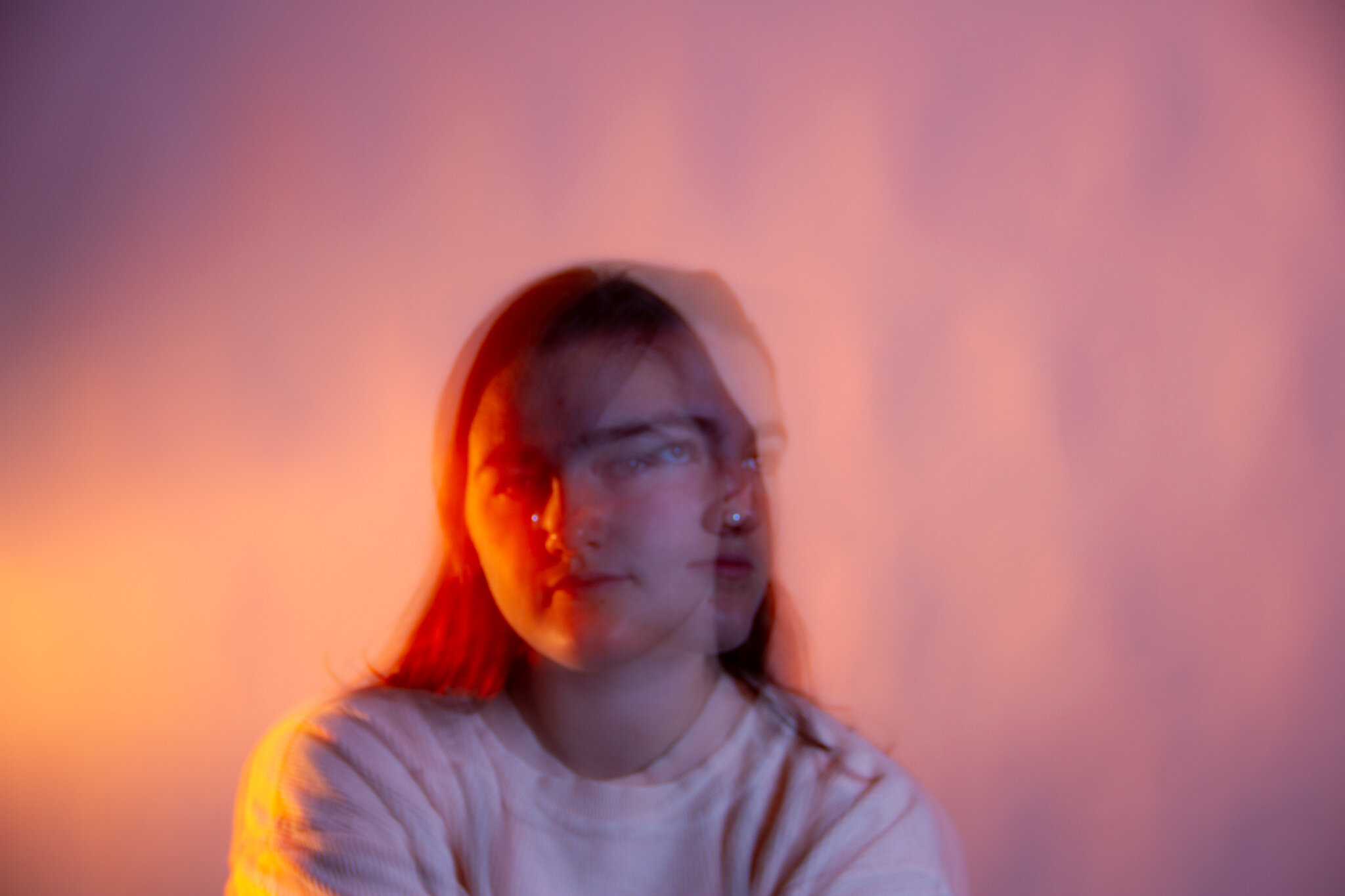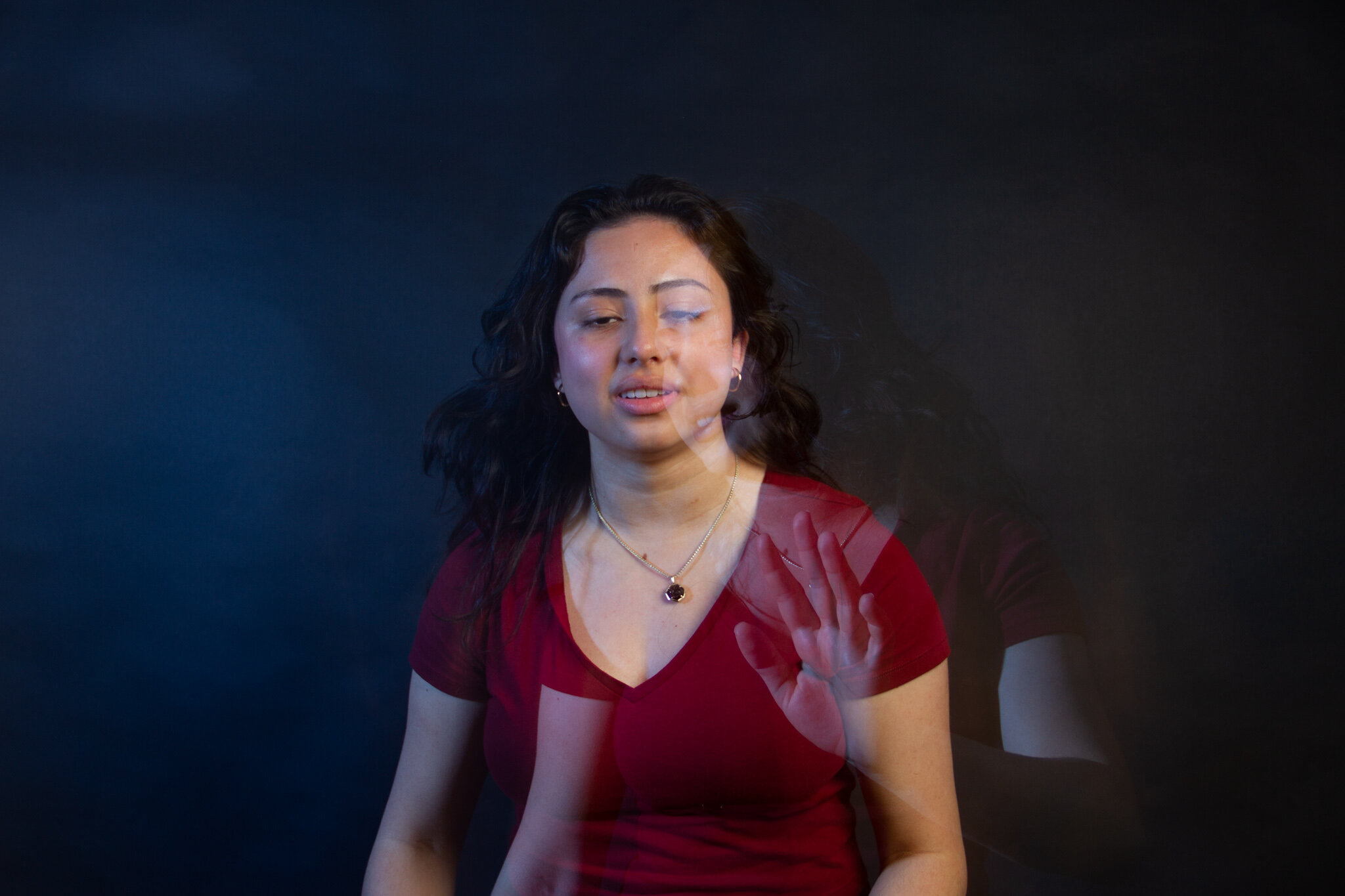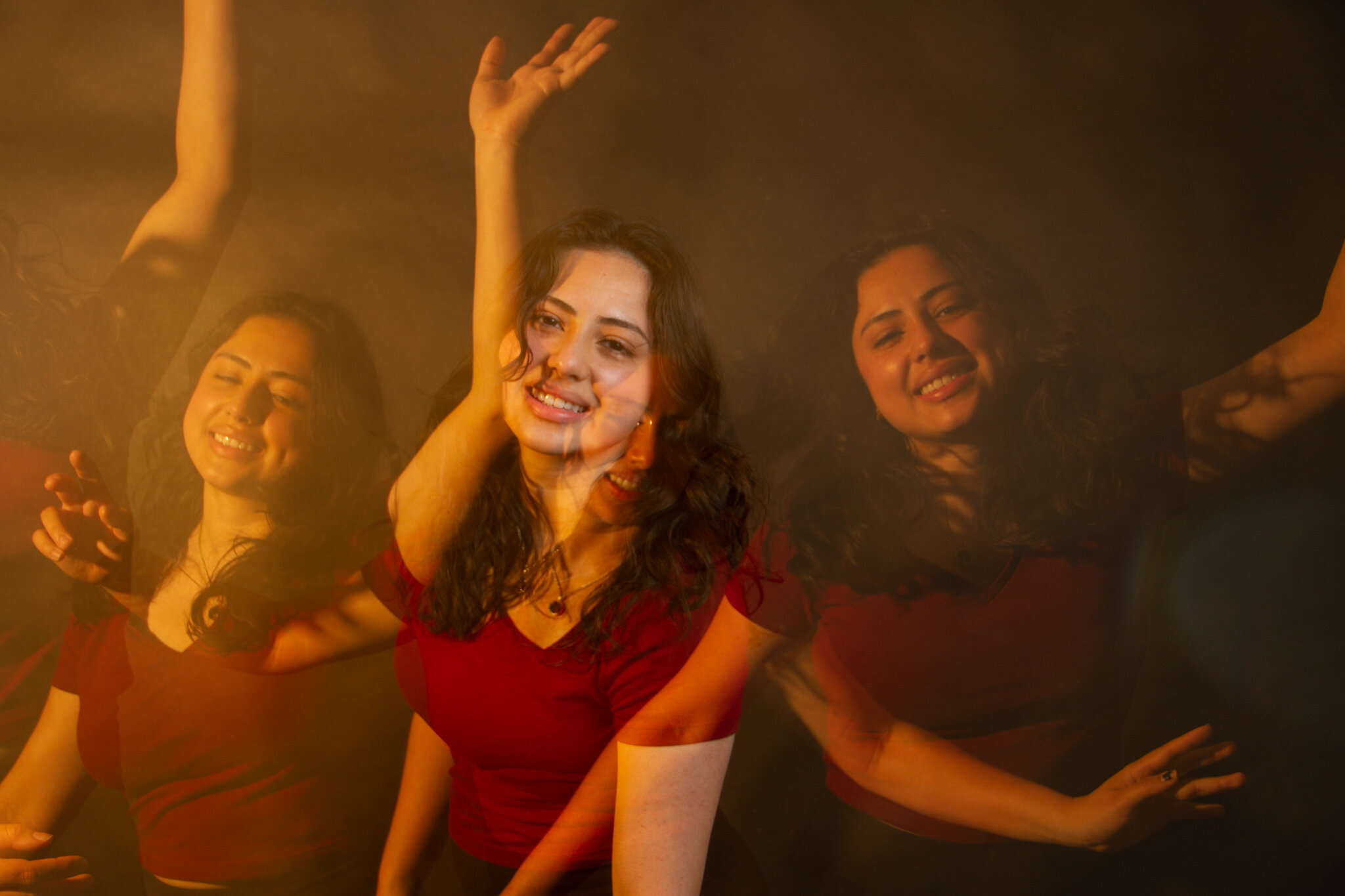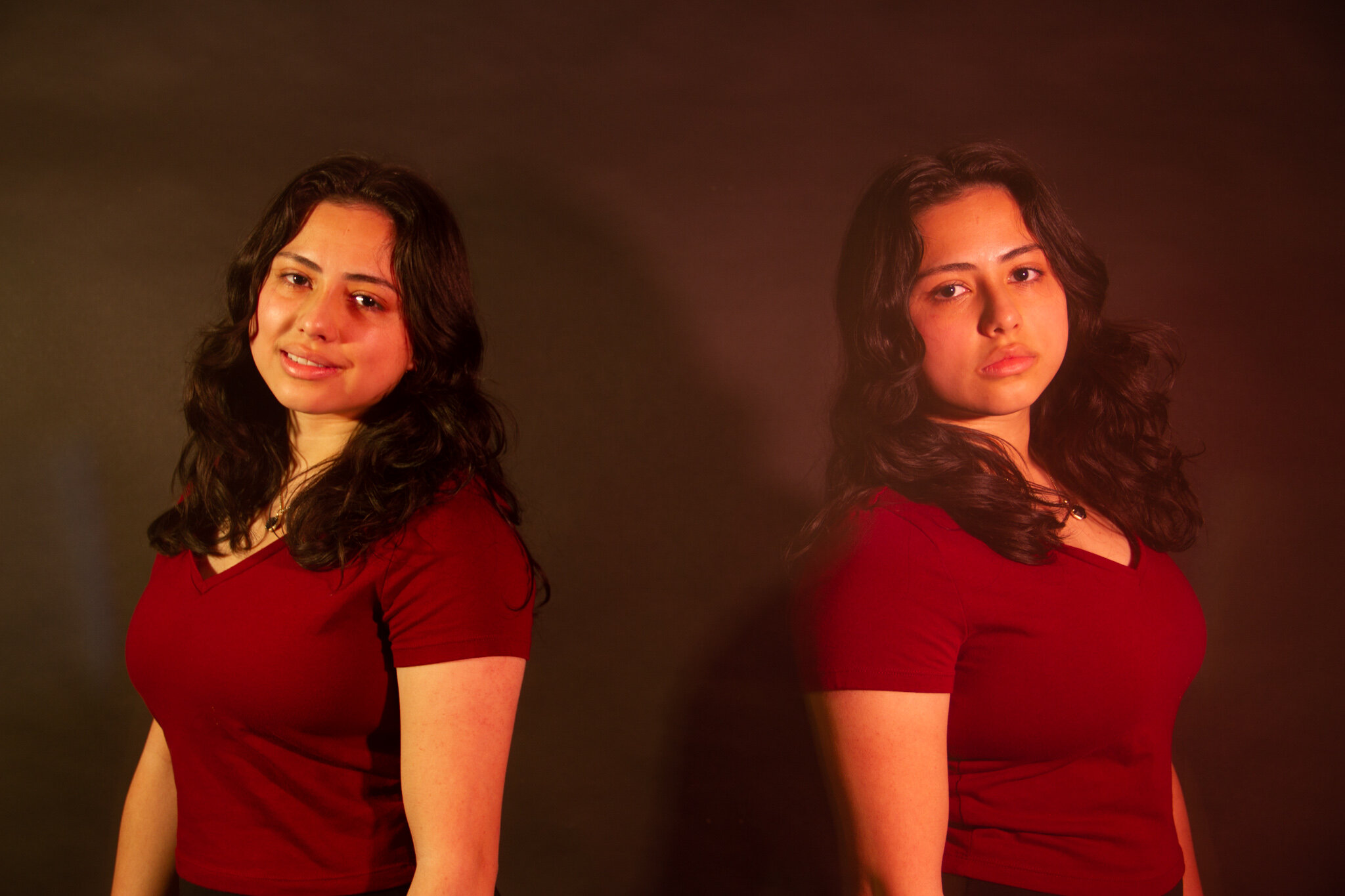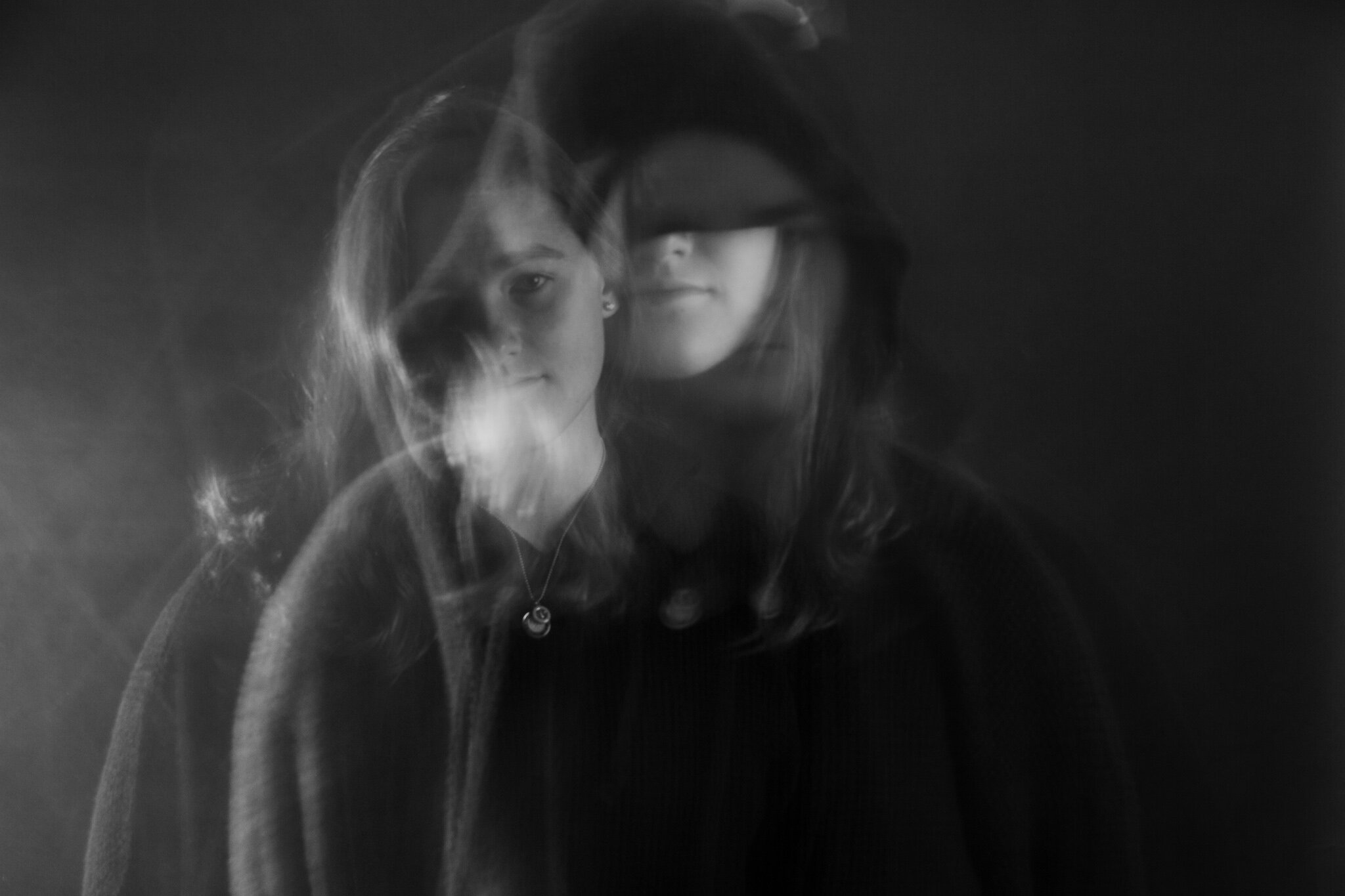If you are fascinated by long exposure or creating multiple images within one exposure, this is tutorial will go over the basic steps.
Materials Need: Digital Camera, Studio Space (best for beginners), studio lights, remote to signal lights
Tip: Best to use a black backdrop in order to fully capture the subject. Below is an example of what it might look with a white backdrop
Here I used a white backdrop. This is good if you want to take more “ghostly” and silhouette images. However, if you want to create clear and precise double images within one exposure it is best to use a darker backdrop like blue or black
STEP ONE: The Set Up
Pull the backdrop down. Use two lights. Set the light strength to anywhere from 6.0 to 7.0. Place them on opposite sides facing the backdrop.
Attach camera to tripod.
Grab a light remote/signaler and place it on top of the camera. Sync it to the lights. (For the photos below: Make sure the remote is set at 2A as both the lights are on that channel).
Place two pieces of tape on the ground. One where you want your model to start and the second for where she should be at the end of the exposure.
I usually start with one light at 6.7 and the other at 7.0
However, I often change it as the photoshoot goes on based on how the photos are turning out
Here is a diagram of what your set up should look like. Camera in the center back (with lights on both sides facing towards the opposite x to them. The X’s are there as a visual for where the model should be standing/ moving towards.
STEP TWO: Camera Settings
I typically use shutter speed priority as I want to ensure I get the correct exposure. I suggest a shutter speed anywhere from two seconds to three seconds. ISO depends on your setting, I typically use a 200 ISO. (Also make sure you camera battery is fully charged
(ignore my low battery and high ISO)
If you use a longer exposure you will get more images like:
If you use a shorter exposure (less than two seconds) you will get images like this:
STEP THREE: Taking the Photos
When you are ready to take the photos press the capture button on your camera. Both lights will go off creating the first image of the model. While the exposure is still running direct the model where to move. Once they are in place set off a second flash by pressing the “test” button on your light remote. The lights will go off creating the double image.
Tip: However many times you set the lights off determines how many different images of the subject will be in one exposure. For example, if I set the lights off five times within one exposure, there will be five different images within one photo.
Actually taking the photos is the hardest part. Overall it is a guessing game. Try taking two photos with the current settings and see how they turn out. If you find that you do not have enough time or the second image isn’t clear, make the exposure longer. If you feel there is too much time or the image is too bright, lessen the exposure time. You may find yourself changing your camera settings often in order to create greatness.

